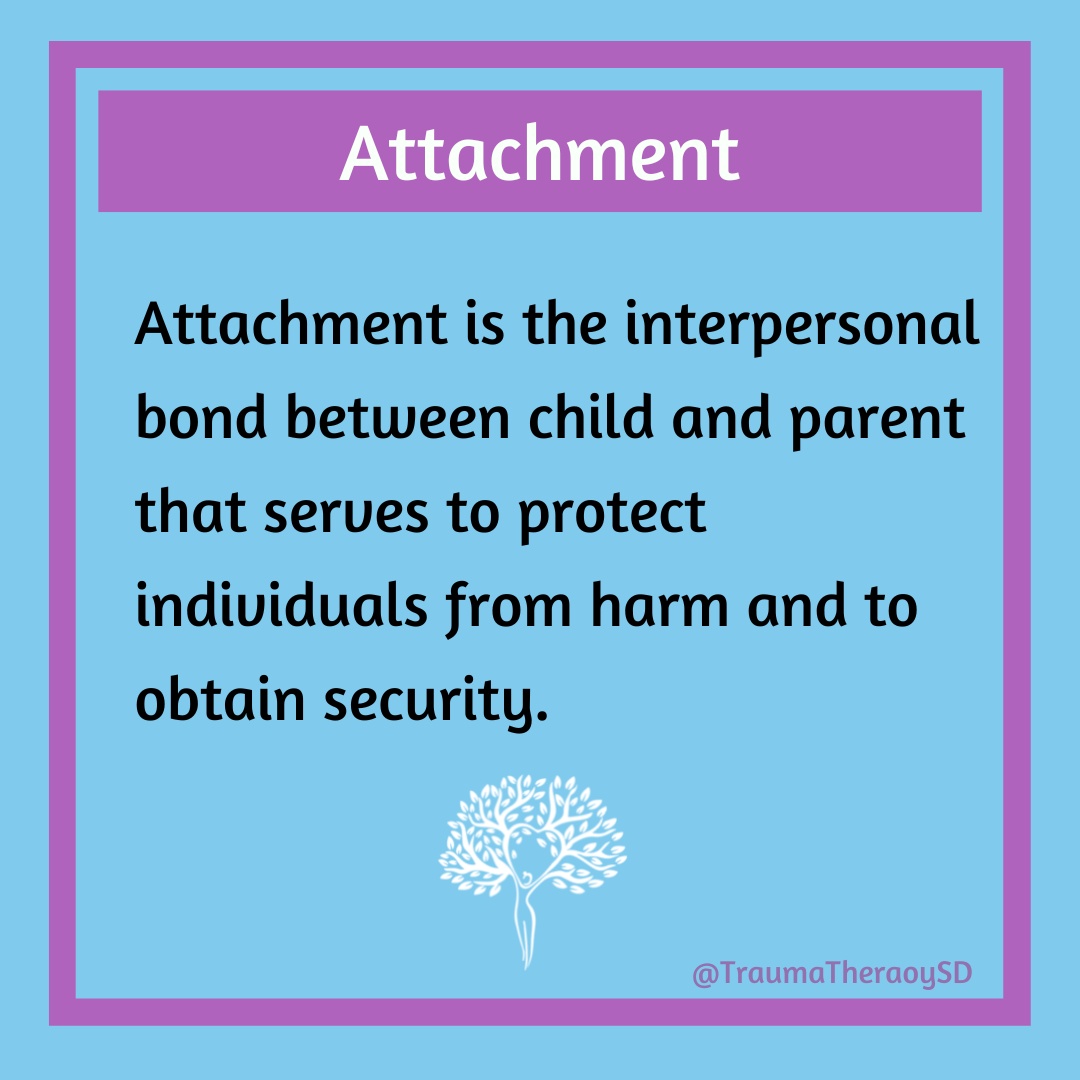Attachment

John Bowlby was a British psychologist, psychiatrist and psychoanalyst.
According to John Bowlby, attachment is the interpersonal bond between child and parent that serves to protect individuals from harm and to obtain security.
In a healthy family situation, when there are signs of danger, the child naturally seeks to get close to their caregivers, this is attachment behavior.
This attachment is based upon the accumulation of all the successes and failures in interactions with a caregiver.
In healthy attachment, the child has needs which are expressed in behaviors such as reaching or crying, and the caregiver responds to that need by comforting or assisting the child.
If the caregiver routinely and predictably meets the child’s needs, then the child learns that relationships in general are safe and trustworthy.
On the other hand, when children’s needs are responded to with indifference, anger, unpredictability or chaos, children learn that relationships are unpredictable and unsafe.
There are several different types of attachment styles that develop in childhood and evolve into three types of adult attachment styles that I will review in future posts. These styles of attachment are secure attachment, anxious attachment, and avoidant attachment.










